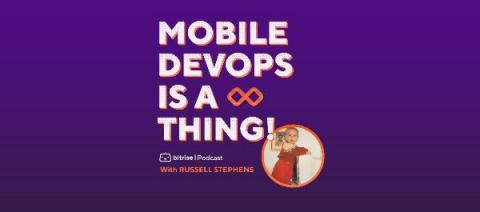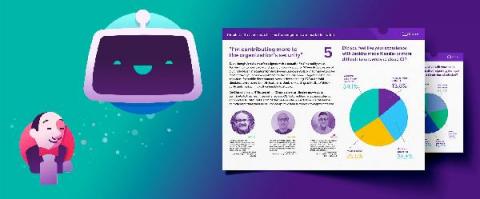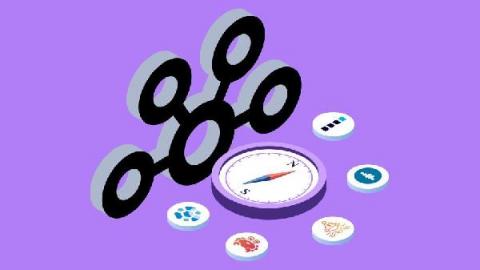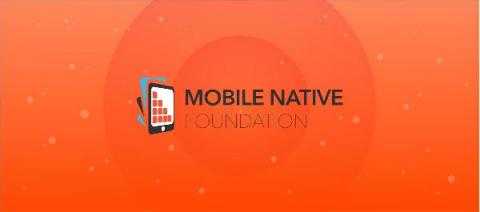Systems | Development | Analytics | API | Testing
Technology
Building mobile infrastructure with Russell Stephens
In the latest episode of our podcast, we talked to Russell Stephens from Compass about building mobile infrastructure, the evolution from self-hosted Jenkins to the cloud, and streamlining CI processes.
Report: 6 lessons from engineers for migrating your mobile CI from Jenkins to Bitrise
Jenkins is the world’s most popular CI/CD software, but — for a number of reasons — sees teams increasingly switch to cloud CI. What happens to all those Jenkins experts when teams
Creating your managed Kafka shortlist
You’ve been handed the not-so-easy task of scoping a managed Kafka for your team. How do you start the shortlist? Post something on Reddit? Skim read a gazillion review blogs? Crash Google Chrome opening a thousand tabs to compare feature lists? If you’re going to run a Kafka POC with two or three vendors, or you’re trying to find the best Kafka for your business, how can you narrow down your selection? Let’s get to it.
Five Drivers for the Growth of SaaS Analytics
For many businesses in 2020, the increased use of cloud providers and online services has been essential to keeping the lights on in virtual environments. This has prompted companies to overcome the inertia and red tape surrounding SaaS, PaaS and other “aaS” products.
Introduction to Synchronous and Asynchronous Processing
Synchronous and asynchronous, also known as sync and async, are two types of programming models. At an abstract level, programming models define how software is designed and executed. The basic programming models are synchronous, but asynchronous models are critical for performance reasons and to more efficiently use computing resources. Programming languages usually have built-in primitives to deal with asynchronous programming.
Migrating to Atlassian Cloud with Zephyr Test Management
As you may or may not know, Atlassian is accelerating their journey to Cloud. This has some important implications to anyone who uses Atlassian Server based products, including apps. Read on to learn how we support customers of Zephyr for Jira and Zephyr Scale as they transition to Cloud. As of February 2, 2021, Atlassian customers can no longer purchase or request a quote for new Server licenses. Existing customers can continue purchase Server apps on Marketplace until February 2, 2023.
Multi-layer API security with Apigee and Google Cloud Armor
Information security has become headline news on a daily basis. You have probably heard of security risks ranging from malicious bots used in schemes both big and small, to all-out "software supply chain attacks" that involve large-name enterprises and their customers, and that ultimately affect numerous governments, organizations, and people.
8 signs you need to implement mobile test automation
A mobile application is more than just an application for businesses today. Some businesses, such as Uber that rely heavily on their mobile application for business, earned over 1 billion USD in the fourth quarter of 2020. On the other hand, some companies like Facebook, are seeing their mobile app usage grow as much as 67% year on year. With a widening gap between mobile browsers and mobile applications, users are spending 90% of their overall mobile internet time on mobile applications.
Bitrise joins the Mobile Native Foundation
On March 4, we joined 30+ organizations in their mission to improve the technology and processes related to shipping large-scale mobile apps as a part of the Mobile Native Foundation .











